
54岁失业, 97岁获诺贝尔奖: 终身学习的有多牛逼?
文章来源: ZAKER
11/03/2021
很多企业家说今年企业难做,很多人说每天面临巨大的压力……
每个人都会有挫折和遗憾。
Oct 9, 2019
That’s John Goodenough’s straightforward advice for how to have a long life in research. The oldest-ever Nobel Prize recipient, at 97, he was in London to receive the Copley Medal from the Royal Society when news of his Nobel Prize broke. In this call with Adam Smith, recorded during the afternoon of this day of two Prizes, he describes the developments he’s currently working on and his thoughts on the use of the technologies he has helped develop.
但是看了 2019 年诺贝尔化学奖得主——当时 97 岁的 “Good Enough” 老爷爷的励志故事,我瞬间热泪盈眶。

从小家庭不和睦,考上耶鲁大学后父亲只给了他 35 美元学费,但实际学费需要 900 美元。
因为患有阅读障碍症学了数学,毕业后二战爆发去当了气象兵。
二战结束,他也快 30 岁了,开始读物理学博士。
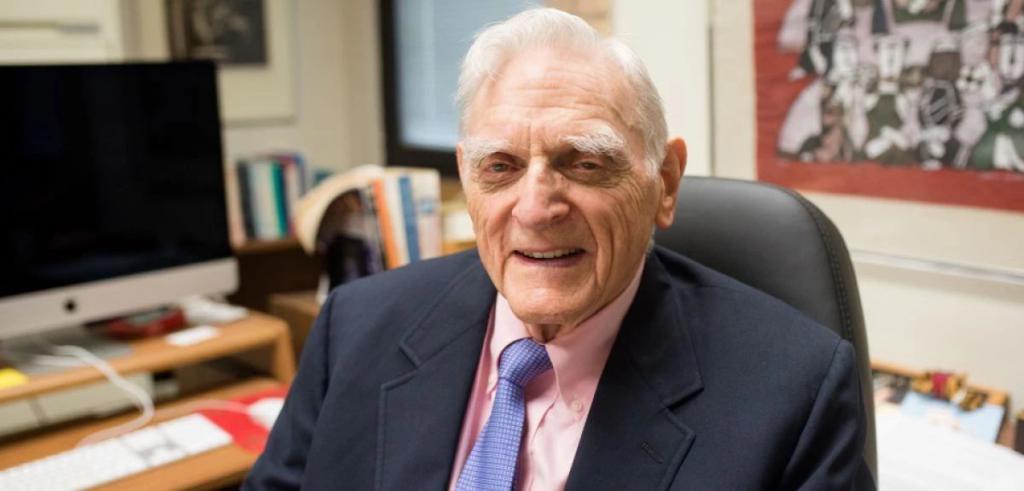
博士毕业后差点去了战火中的伊朗。
54 岁才开始研究怎么做锂电池,58 岁发明钴酸锂电池改变世界,64 岁不想退休选择跳槽。
75 岁以磷酸铁锂电池再度改变世界,90 岁以后开始研究全固态电池,97 岁成为有史以来获得诺奖年龄最大的人。
看了老爷子的硬核人生,相比之下,十几、二十多岁的我们,有什么理由轻言放弃?
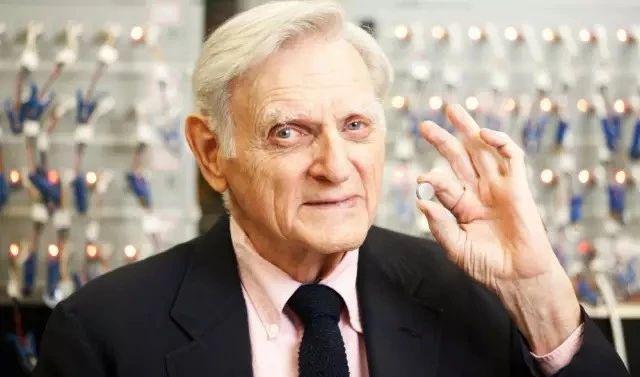
” 特别好爷爷 ” 不太好的前半生
约翰 · 古迪纳夫(John Goodenough),用中文直译过来就是 ” 特别好 “。
但名叫 ” 特别好 ” 的他,却经历了一个并不怎么好的前半生。
Mar 17, 2020
Interview with the 2019 Nobel Laureate in Chemistry John B. Goodenough, 6 December 2019
1922 年,古迪纳夫出生在美国一个富裕家庭,但从小他父母的关系就极其不好。
父亲还对他非常严厉,导致他整个童年唯一的玩伴,是一条叫做 Mac 的狗。
18 岁高考前夕,父母离婚,他争气考上了耶鲁大学,但父亲只愿意给他 35 美元的学费。
当时耶鲁的学费是 900 美元。

在耶鲁大学靠给有钱人家的小孩做家教付了学费,古迪纳夫又遇到了新的问题。
本来读的是古典文学系,读了一年后发现自己患上了阅读障碍症,不得已转到数学系。
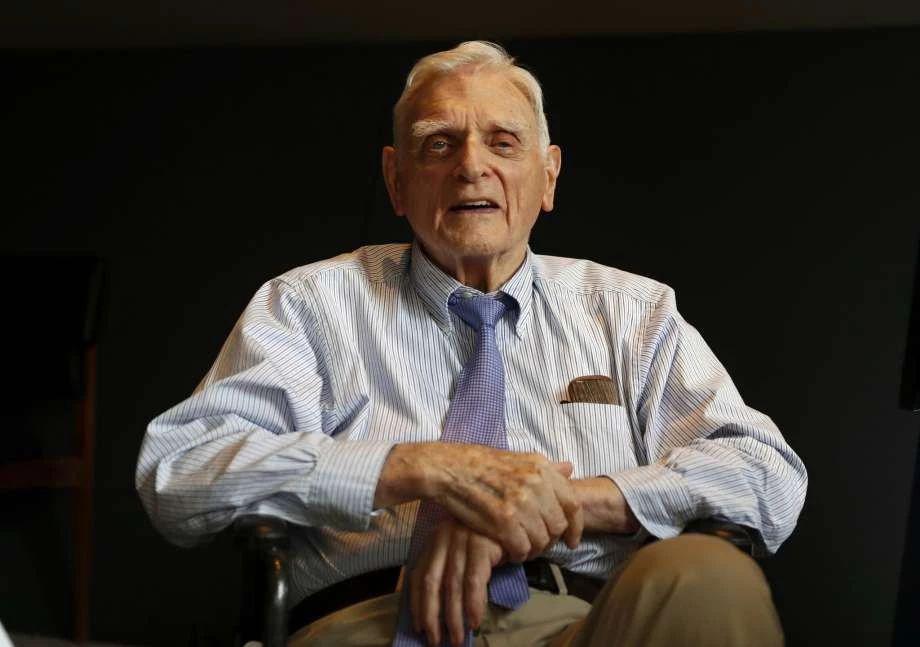
1943 年,大学毕业的他正发愁毕业后应该做什么,二战爆发了。
于是他报名参加了美国空军,但是他并没有成为一名飞行员,而是被派到太平洋一个小岛上去搜集气象数据。

两年后,二战结束了,古迪纳夫的黄金年龄也被耽误了。
他带着科研梦想到芝加哥大学进修物理,教授有点瞧不上这个半路出家的大龄青年:
” 在你这个年纪,那些物理学巨匠们早就荣誉等身了。”
意思是,你这么大年纪了,还是别折腾了。
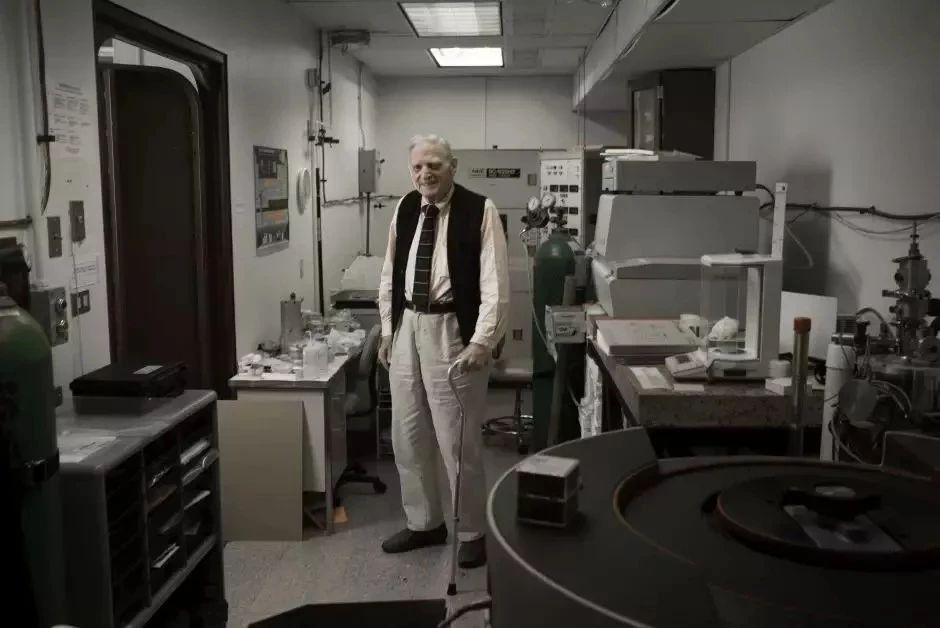
的确如此。
爱因斯坦 26 岁提出了相对论,爱迪生 32 岁发明了白炽灯,居里夫人 36 岁已经拿到了诺贝尔奖,连中国作家张爱玲都说过 ” 出名要趁早 “。
在生活中,当你想要跳出舒适圈挑战自己的时候,总有一些外界的声音告诉你放弃吧,前路迢迢充满艰辛。
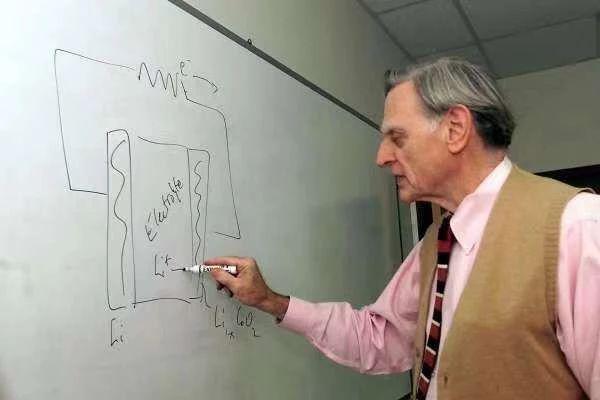
但古迪纳夫没有退缩,他的导师,大名鼎鼎的稳级二极管发明者齐纳对他说:
” 人的一生只有两个问题,第一问题,是找到一个问题,第二个问题,是把他解决掉。”
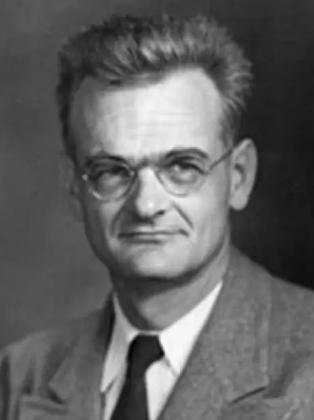
30 岁,古迪纳夫拿到了芝加哥大学物理学博士的学位。
博士毕业后,他扎扎实实在实验室待了 20 年,虽也小有成就,但研究的方向和后来获诺奖的方向并没有什么关系。
已经年近半百,本来以为一生就可以这么平淡地过下去,但下一个挑战还在等着他。
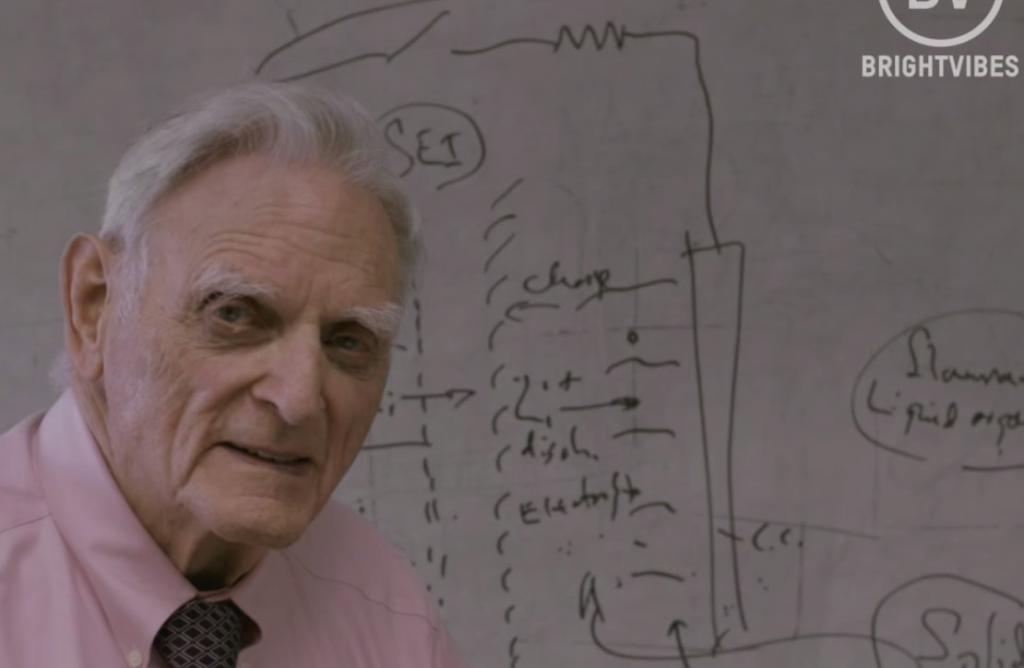
54 岁失业再出发
人生什么时候开始都不迟
1976 年,古迪纳夫 54 岁,本来研究得好好的,突然得知项目经费被砍了。
年过半百面临失业危险的他,不得不赶紧找下家,好在凭借之前优秀的工作经历,他来到了牛津大学。
就这样,一个物理学博士成为牛津大学无机化学实验室的主任,他在正式开始研究之后,获得诺贝尔奖的锂电池方向。

人生就是这样,命运有时候给你一个陡坡,殊不知翻过去了就是山顶,就看你能不能坚持到最后。
上世纪 70 年代末,电子产品刚刚开始流行,电子表、随身听开始走进人们的日常生活。
但当时的锂电池有一个致命的缺点:特别容易爆炸。
因为锂电池中的金属锂在空气中非常不稳定,很容易自燃。
并且在充放电的过程中,锂会快速产生一种叫枝晶的东西,很容易造成电池短路。
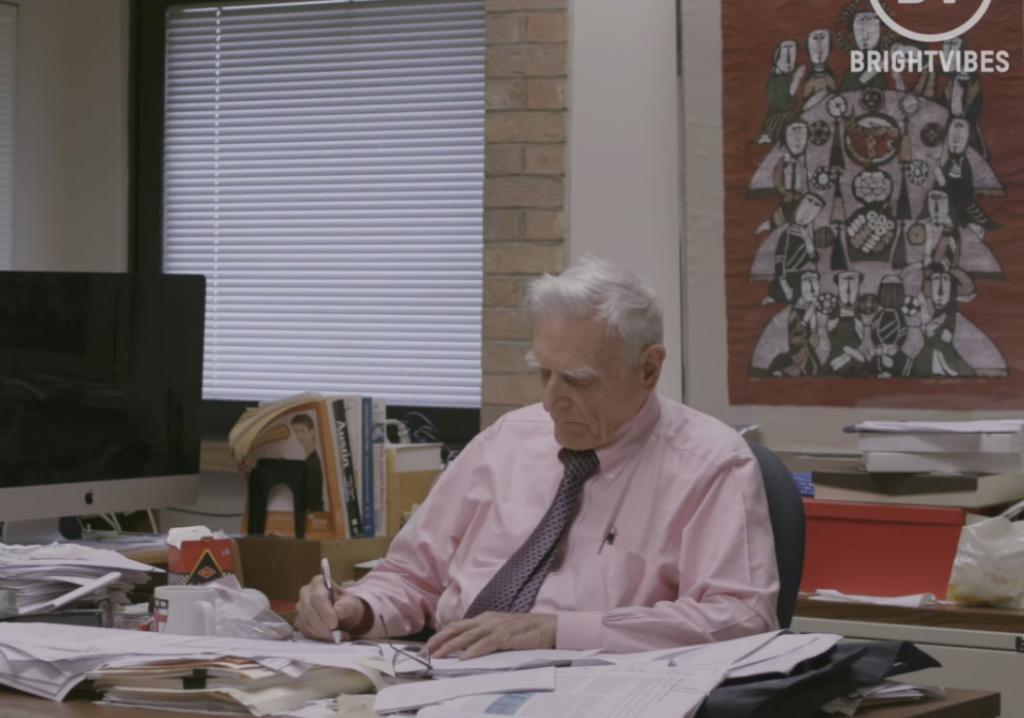
古迪纳夫的研究就是为了解决这个问题,57 岁。
他和其他两名科学家一起发现了钴酸锂这种物质,让锂电池的性质变得稳定多了,使锂电池的扩大使用变成了可能。
但牛津大学当时甚至都不愿意帮他申请专利。

后来这个专利被索尼买走,并成功实现了商业化,而古迪纳夫直到现在都没有从价值 350 亿的锂电池市场中赚到一分钱。
后来接受采访时,他只是淡定地说:
” 反正我做这个的时候也不知道它会这么值钱,我只知道这就是我应该去做的事。”
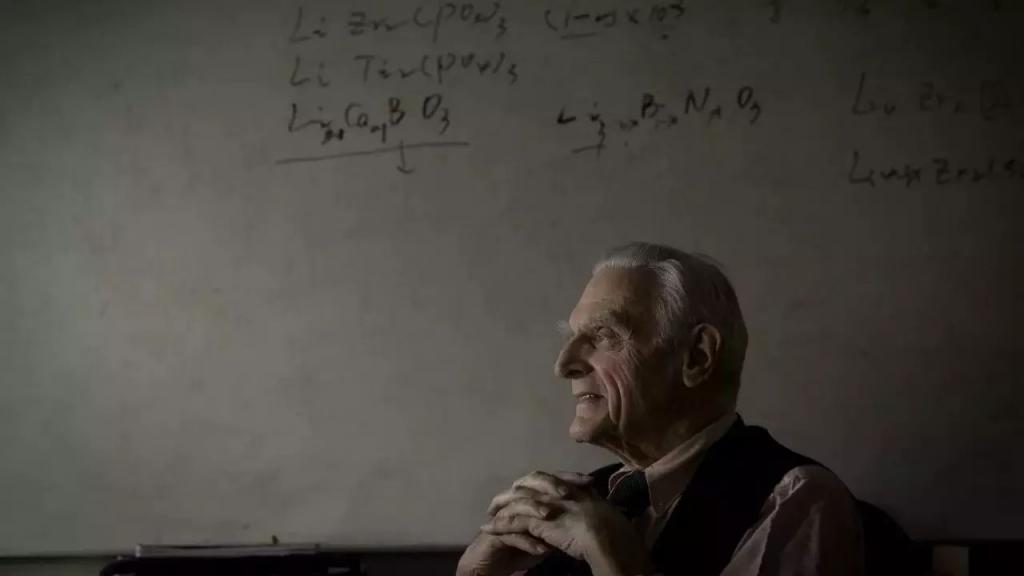
57 岁发明新材料,可以说已经打了当时嘲笑他的那个教授的脸了。
在中国对很多来说可能正是退休养老含饴弄孙的年龄,但古迪纳夫没有停步。
” 我不想退休等死,我想努力奋斗,我相信我们正在做的事情是非常重要的。”
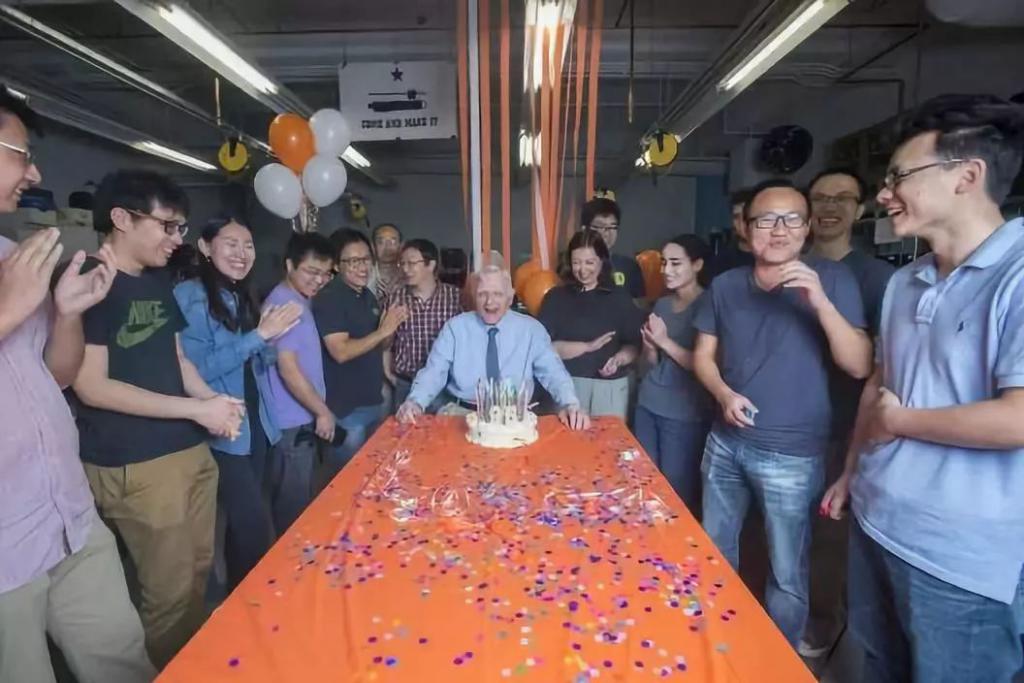
因为牛津大学有 65 岁强制退休的传统,64 岁那年,不服输的古迪纳夫老爷子打擦边球跳槽到得克萨斯州继续进行研究。
1997 年,75 岁,古迪纳夫发现了磷酸铁锂正极材料,这种材料比之前的钴酸锂更便宜也更安全。
这项发明催生了 ” 可携带便携电子设备 ” 的诞生。
可以说,我们现在能用上智能手机、平板电脑、笔记本电脑,其中都有老爷子的功劳。
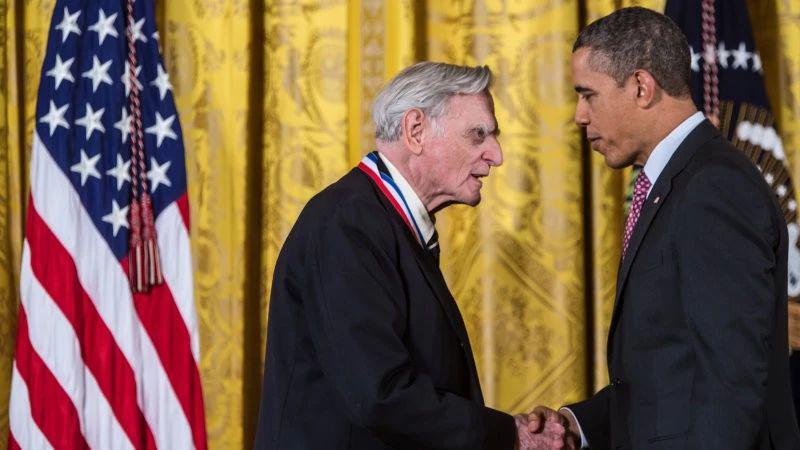
2012 年,90 岁,古迪纳夫开始把研究方向转向全固态电池。
2017 年,95 岁,有人问他没有拿到诺奖会不会遗憾,他说:
” 无所谓,我已经 goodenough(足够好了)。”

97 岁获奖
人生没有白走的路,每一步都算数
但获诺奖对老爷子来说不是终点,97 岁的他还是每天去实验室。
因为他下一步要解决的问题是,希望能研制出一种能储存太阳能和风能的超级电池,这样就能让电动汽车和内燃机汽车真正敌。
” 我想让汽车尾气从全世界的高速公路上消失。我希望死前能看到这一天,我今年 96 岁,还有时间。”
2018 年接受采访时,古迪纳夫这样说。
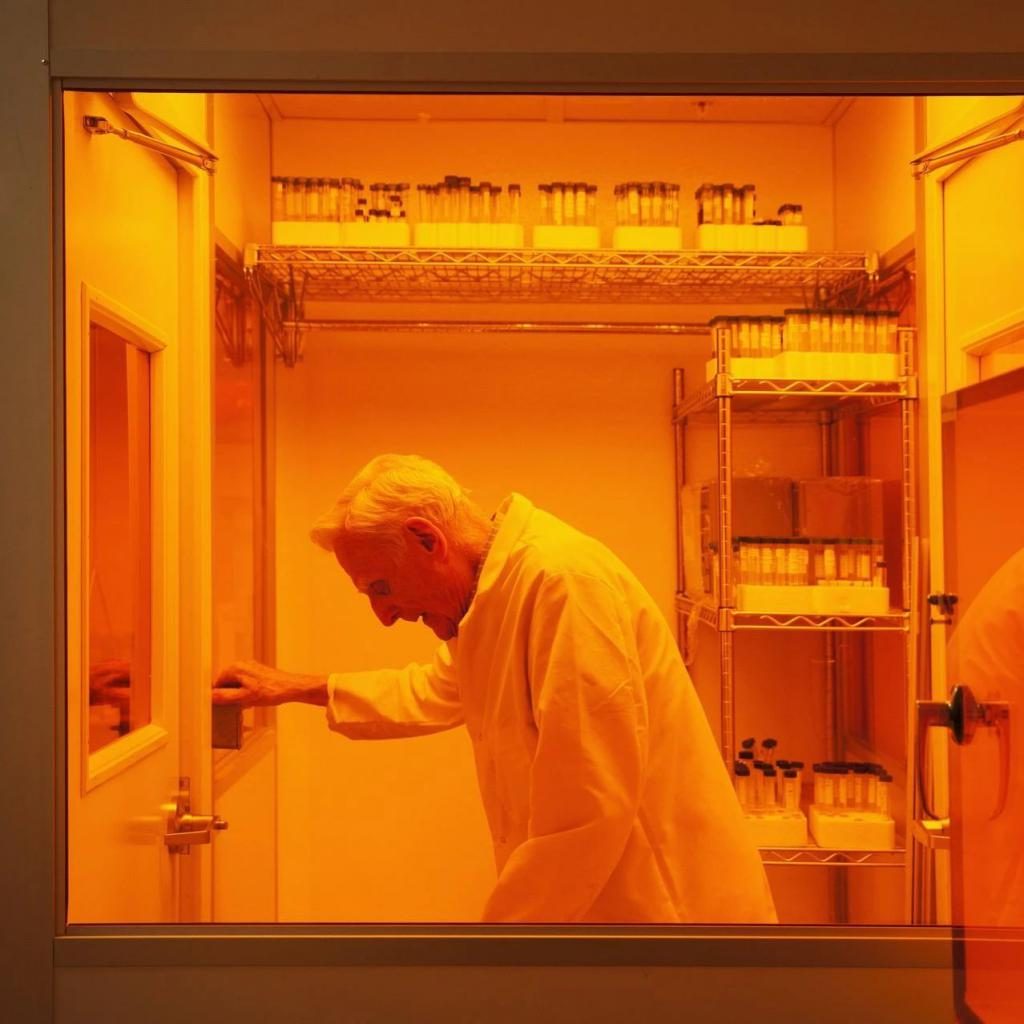
在古迪纳夫办公室门口贴着一首诗歌,写着 “Do good anyway”。
回首古迪纳夫老爷爷的硬核一生,并不是一帆风顺。
用现在的话来说就是:原生家庭不好,考上大学后有先天性阅读障碍,大学毕业时赶上社会动荡,还面临过中年危机。
但一步步古迪纳夫都走过来了。
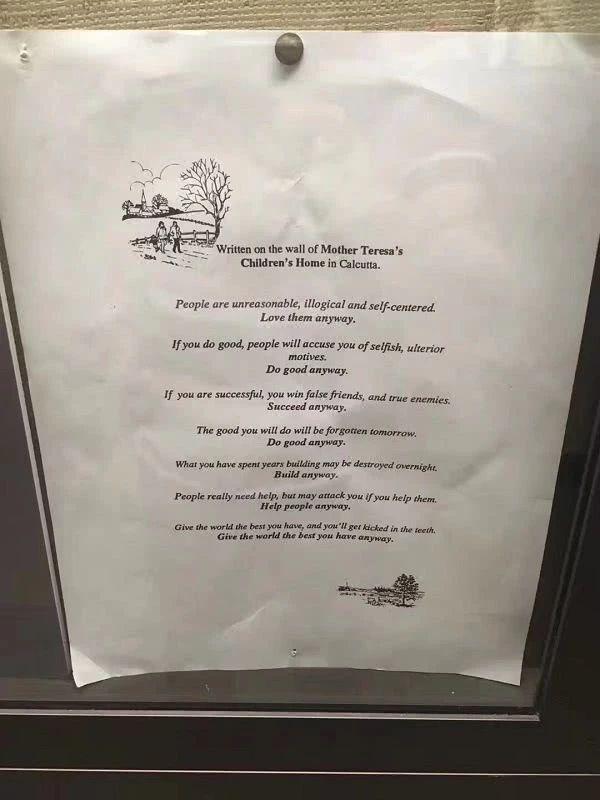
我们在生活中也会遇到很多这种 ” 令人扼腕叹息,但又无可奈何 ” 的遗憾。
年纪太大、时间太少,家人不支持,很多人因此放弃了继续学习和成长的念头。
当古迪纳夫 30 岁重新开始读书,当 54 岁他面临失业,他可能没有想到自己有一天会得诺奖。
是终生学习的态度和追求,让他拓展了自己生命的长度和深度,直到现在 99 岁,他还在继续学习和探索的路上。
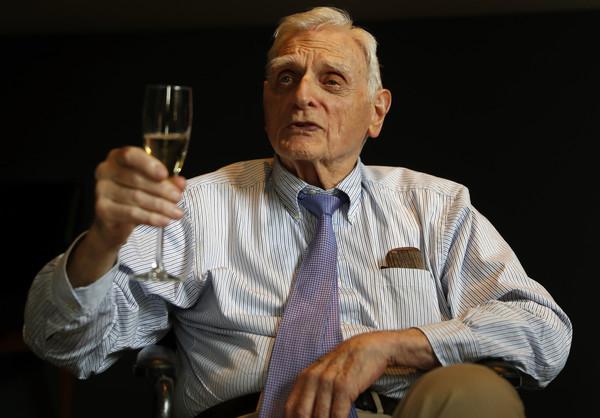
” 我们有些人就像是乌龟,走得慢,一路挣扎,到了而立之年还找不到出路,但乌龟知道,他必须走下去。”
做一只爬的最久的乌龟,保持学习保持好奇,即使慢一点,遇到一点困难,只要最后能到达终点,又有什么关系呢。
毕竟人生没有白走的路,每一步都算数。如果你不对生活失望,生活也不会让你失望。
美德两学者夺诺贝尔化学奖
文 / 潘万莉
10/06/2021
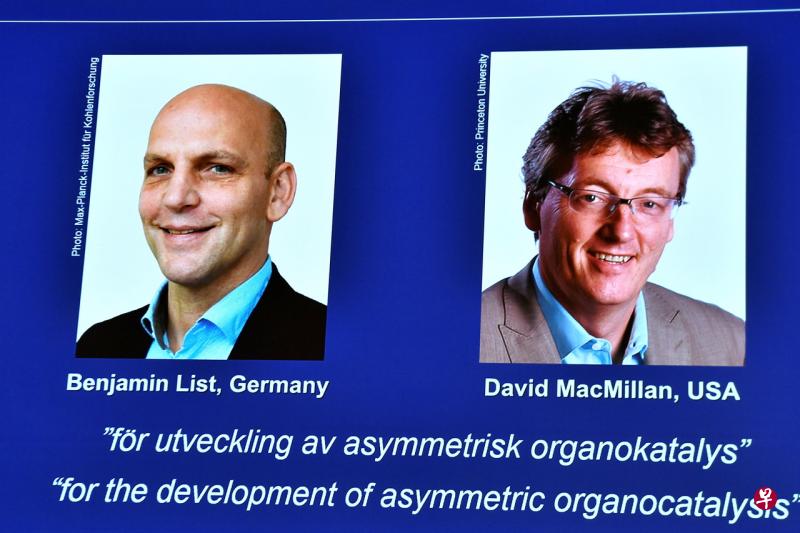
(早报讯)瑞典皇家科学院周三(10月6日)宣布,将2021年诺贝尔化学奖授予德国化学家本亚明·利斯特和美国科学家大卫·麦克米兰,以表彰他们在发展不对称有机催化中的贡献。
53岁的利斯特曾在柏林自由大学攻读化学,并于1997年在法兰克福大学取得博士学位。他测试一种名为“脯胺酸”(proline)的氨基酸,检验是否能够催化化学反应,果然有效发挥作用。此发现有助于不对称有机催化的发展。
53岁的麦克米兰则是美国普林斯顿大学的化学教授,2010年至2015年还曾担任化学系系主任。麦克米兰曾经研究能够容易被水分破坏的金属催化剂,成功使用简单的有机分子,研发出一种更耐用的催化剂。
麦克米兰在格拉斯哥大学获得化学学士学位。1990年,他离开英国,在加州大学尔湾分校奥弗曼教授的指导下进行博士研究。
本届诺贝尔颁奖典礼以实体、线上混合的方式进行,获奖者将获得奖牌、证书以及1000万瑞典克朗(约154万新元)奖金。
Nobel Prize in chemistry awarded for ‘simple’ yet ‘ingenious’ discovery
By Rob Picheta and Katie Hunt, CNN
10/06/2021
The Nobel Prize in chemistry has been awarded to Benjamin List and David W.C. MacMillan, two scientists honored for creating “an ingenious tool for building molecules” that has helped develop new drugs and make chemistry greener.
The pair were announced as the prize winners in Stockholm, Sweden, on Wednesday, for the development of asymmetric organocatalysis. Their discoveries “initiated a totally new way of thinking for how to put together chemical molecules,” said Pernilla Wittung-Stafshede, a member of the chemistry Nobel committee.”
This new toolbox is used widely today, for example in drug discovery, and in fine chemicals production and is already benefiting humankind greatly,” Wittung-Stafshede added.
List, a German scientist who is professor at and director of the Max Planck Institute for Coal Research, and Scotland-born chemist MacMillan, now a US-based professor at Princeton University, worked independently of each other but share the prize, the third Nobel award to be handed out this week.
In 2000, the two researchers uncovered a third kind of catalyst — a substance which brings about a chemical reaction — called asymmetric organocatalysis. Scientists had previously believed that there were just two types of catalysts: metals and enzymes. Enzymes contain hundreds of amino acids or proteins, but the winners were able to demonstrate that a single organic molecule can act as a catalyst.
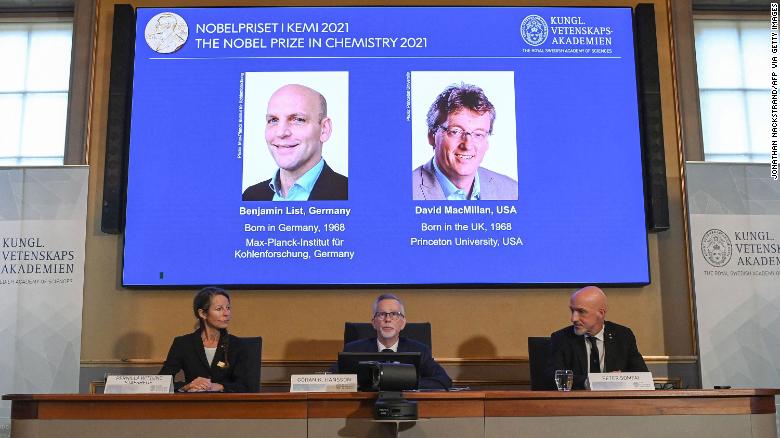
“This concept for catalysis is as simple as it is ingenious, and the fact is that many people have wondered why we didn’t think of it earlier,” said Johan Åqvist, chair of the Nobel Committee for Chemistry.
The new catalysts have been used in a number of ways in the past two decades, including for creating new pharmaceuticals and building molecules that capture light in solar cells. The committee credited them with “bringing the greatest benefit to humankind.”
The work of List and MacMillan has helped develop a drug to treat high blood pressure and streamline the production of drugs like paroxetine (Seroxat), which treats depression, and oseltamivir — better known as Tamiflu — which is used to treat respiratory infections.”
I hope I live up to this recognition and continue discovering amazing things,” List told reporters after being announced as a winner.
List said he was having a coffee with his wife when he got the call from the Nobel Committee. “Sweden appears on my phone, and I look at her, she looks at me and I run out of the coffee shop to the street and, you know, that was amazing. It was very special. I will never forget,” he said.
‘Fantastically important’
The organocatalysis process developed by the winners is called “asymmetric” because they were able to pinpoint which molecule to use as a catalyst. During chemical construction, a situation often arises where two molecules can form, which — just like our hands — are each other’s mirror image, the Nobel Committee explained. Chemists often just want one of these mirror images, particularly when producing pharmaceuticals, but it has been difficult to find efficient methods for doing this.”
This is a fantastically important piece of chemistry and these two are undoubtedly leaders in that field,” Phillip Broadwith, business editor of Chemistry World magazine, told CNN after the announcement was made.”
This is very fundamental chemistry,” Broadwith added. “In its essence, it’s about making molecules and it’s about making them more efficiently, using less energy and without metal catalysts, which are problematic if they end up in pharmaceuticals.”
H.N. Cheng, the president of the American Chemical Society, said the award was a “fitting recognition” for “a major accomplishment.”
“As chemists we love to do reactions and reactions are a key part of our work, and the reactions frequently are unfortunately not as desired — they can be slow, they can be nonspecific they may not go the way we wanted,” he told CNN. “Catalysis is one way whereby we can actually help the reaction and make reactions go better or generate new reactions that could not be done before.”
Cheng likened it to making food. “If you’re cooking a dish, you’re actually doing a chemical reaction. So say it takes 10 minutes to produce a steak. If I can do it in 10 seconds, that’d be much better. Customers would like it, the chef would like it. And that’s exactly what catalysis is doing now. The cooking is much better, much faster, much cheaper.”
On Monday, David Julius and Ardem Patapoutian won the Nobel Prize in physiology and medicine for their discoveries of receptors for temperature and touch. And on Tuesday, they were joined by three winners of the prize for physics — Syukuro Manabe, Klaus Hasselmann and Giorgio Parisi.
All male lineup
Wednesday’s award adds two further Nobel laureates. But for the second time in three years, no women were recognized in the scientific awards.”
We don’t have any direct discussions with other committees about who wins the prize, but we do have discussions about how to support and increase women and it’s also important to support geographic diversity,” said Claes Gustafsson, a professor in medical biochemistry at the University of Gothenburg and a member of the Royal Swedish Academy of Science.”
We are inviting more women to be nominators and so on. It’s a long and strategic work,” he told CNN. “We were very happy to have two women (win the chemistry prize) last year and for sure we will have many women in the years to come. It’s a very high priority for us.”
In 2019, the Nobel Committee asked nominators to consider diversity in gender, geography and field, but that year only men were among the winners for the science Nobels. In 2020, three women in science were given Nobel recognition.
Emmanuelle Charpentier and Jennifer Doudna jointly won the 2020 Nobel Prize in chemistry, while Andrea Ghez was one of three winners of the physics prize.
The prizes for literature and peace will be announced later this week, before the economics award concludes the annual festivities on Monday.

Tel: 551-580-4856 | Email: F.WINNIE.S@GMAIL.COM
北美法律公益讲座安排
时间:周二到周五 晚间
5:30-7:00(西部)
8:30-9:30(东部)
重播:第二天
上午9:00(西部时间)
中午12:00(东部时间)
周二: 遗嘱和授权书(Lisa讲)
周三: 数据泄露和个人身份保护&事业机会说明会
周四:北美常见法律问题(讲员Irene )
周五:小企业法律和员工福利(晶旌)
Zoom 6045004698,
密码:请扫码进群
另外:周三6:30(西部时间)美国专场
定期邀请美国律师联合讲座
Zoom 951 9092 9213
密码:请扫码进群




